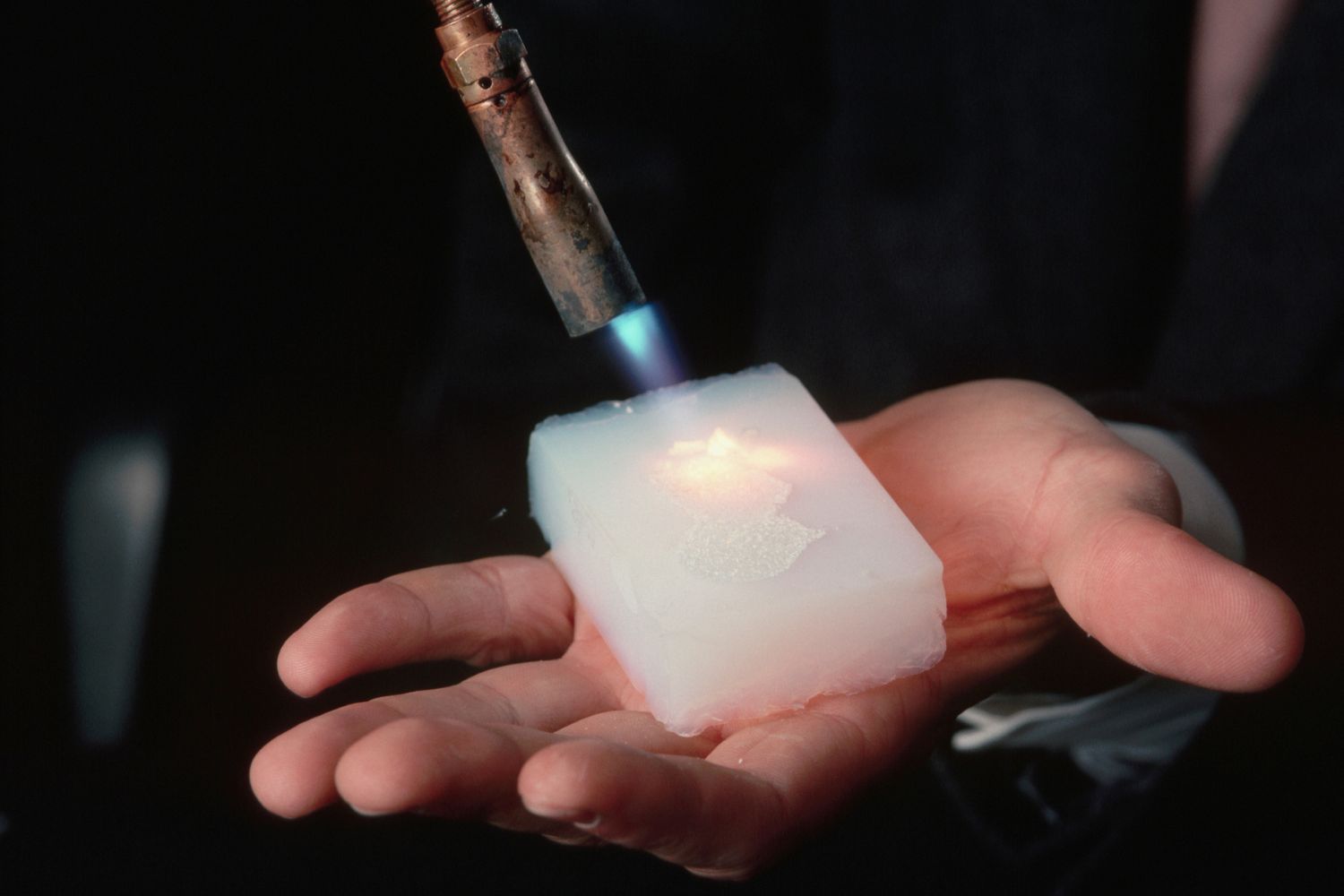Tomorrow is already here, hidden in the materials we use every day. This article explores five revolutionary innovations that are transforming the world, from technology to the environment, and that promise to shape a more sustainable and advanced future.

@Canva
Table of contents
The future isn’t something waiting on the horizon — it’s a constantly shifting present, shaped by innovations already altering how we live. Among the quiet revolutions taking place, new advanced materials are at the forefront, transforming major industries like tech, construction, medicine, and energy.
So what are these so-called miracle materials? And how are they already changing our lives — often without us even noticing?
Let’s take a deep dive into five cutting-edge materials that are rewriting the rulebook, with sustainability and innovation as the common thread.
Graphene
Graphene — a single-atom-thick sheet of carbon — is one of the most groundbreaking discoveries of the 21st century. Awarded the Nobel Prize in 2010, this two-dimensional material is quickly reshaping industries from electronics to aerospace, and even medicine and space exploration.
The key lies in its atomic structure, which allows electrons to move through it with unprecedented ease. It’s a better conductor than copper, and its paper-thin form gives it a magical, almost sci-fi quality. From flexible, ultra-light touchscreens to advanced air and water filters, graphene is already on the path to redefining what’s possible.
Its discovery in 2004 was pure accident — two researchers trying to thin out graphite using regular adhesive tape stumbled upon it. Fast-forward to today, and companies are heavily investing in R&D to unlock its full potential. In aerospace, for example, graphene could cool onboard electronics or be used in “solar sails” — ultra-light structures capable of propelling spacecraft using sunlight alone. In medicine, it holds promise for next-level diagnostics and therapies, thanks to its ability to interact with cells at the molecular level.
Algae
Unlike marine plants, algae don’t have roots, stems, leaves, or flowers — and yet they’re a treasure trove of sustainable resources. These photosynthetic eukaryotic organisms are surprisingly versatile: food, energy, bioplastics, cosmetics, pharmaceuticals — you name it.
In food, algae are rich in nutrients like vitamins, minerals, protein, and omega-3 fatty acids. Already popular in Asian cuisine, algae are gaining traction in the West for their health benefits and ultra-low environmental footprint.
In the energy world, algae can be converted into biofuels, a cleaner alternative to fossil fuels. Their fast growth rate and ability to absorb CO₂ make them one of the most promising renewable energy sources.
But perhaps the most exciting use lies in algae-based bioplastics. These bioplastics are both biodegradable and compostable — a green answer to our plastic pollution crisis. They can be used to make everything from packaging and containers to fabrics and daily-use products.
Perovskite
Perovskites are a class of materials with a unique crystalline structure that’s proving incredibly promising for next-gen solar panels. These perovskite solar cells offer a combination of properties that make them ideal for a future powered by clean energy.
Named after 19th-century Russian mineralogist Lev Perovski, the original material was calcium titanate (CaTiO₃). Today, the term refers more broadly to a family of materials that share a similar structural pattern — though often composed of different elements.
Perovskites absorb a much wider range of sunlight frequencies than silicon, which translates to significantly higher efficiency when converting sunlight into electricity. They’re also lighter, more flexible, and potentially transparent, which means they can be used in innovative ways — like turning building facades or windows into power-generating surfaces.
In just a few years, lab tests have shown perovskite cells outperforming traditional silicon ones. However, challenges remain — especially around long-term stability and the use of lead, a toxic element that must be carefully managed.
Still, the potential is massive. Panasonic and other big players are already developing transparent perovskite panels, aiming to bring them to market soon. Imagine buildings that generate their own power — seamlessly and sustainably.
Aerogel
Aerogel is the world’s lightest solid material, composed of more than 90% air. It’s essentially a 3D mesh of nanoparticles that traps air inside — giving it a ghostly appearance and phenomenal insulating properties.
This substance is an excellent thermal and acoustic insulator, fire-resistant, ultra-light, and surprisingly strong. It’s being used for thermal insulation in buildings, protective clothing, lightweight packaging, and even water purification systems.
While still niche, aerogel has already found uses in space suits and high-tech vehicles. Researchers are now focused on making it more mechanically robust and cost-effective, aiming to bring its benefits to more industries and applications.
Transparent wood
Transparent wood is exactly what it sounds like: a hybrid material that combines the natural aesthetics of wood with the functionality of glass. It’s made by removing lignin — the component that gives wood its color and opacity — and replacing it with a transparent polymer.
The result? A material that retains the structure and strength of wood but is as clear as glass. It’s ideal for windows, solar panels, display screens, and architectural elements.
Compared to traditional glass, transparent wood is lighter, more durable, more eco-friendly, and better at insulating heat. Production is still in development, but its future looks bright — especially in green architecture and sustainable design.
